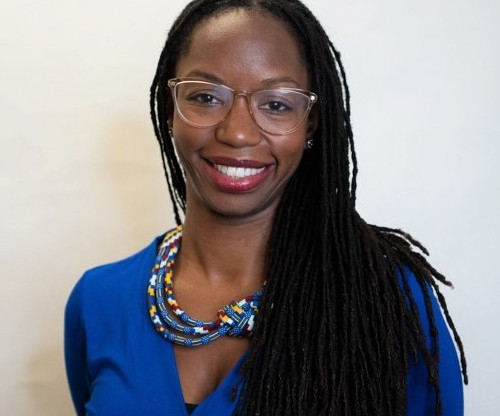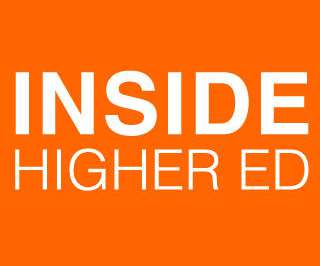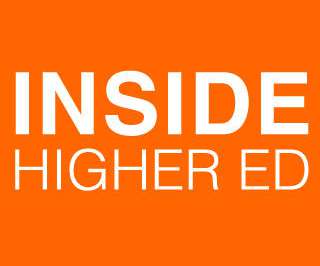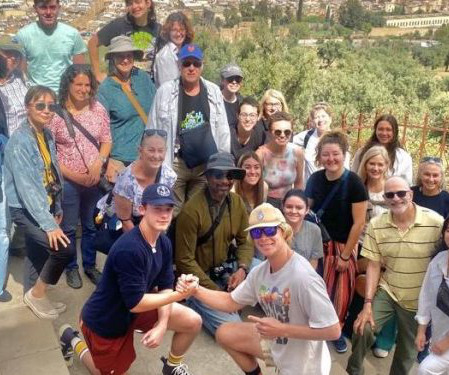Why It’s Imperative that Africa Study Abroad Opportunities Thrive
Diverse: Issues in Higher Education
OCTOBER 31, 2023
Dynamic innovation and leadership is happening all over the continent, in public health, climate and sustainability, history and culture and urban development; there’s much for American students to learn. Through a service-learning summer program in Ghana, I gained knowledge about West African history, culture and sustainable design.



















Let's personalize your content